Can Mushrooms, Yam, and Carrots Be Added to Pigeon Soup? A Comprehensive Guide to Ingredient Synergy and Nutritional Benefits*
Pigeon soup, a cherished delicacy in many global cuisines, is revered for its rich flavor and purported health benefits. Often associated with post-illness recovery, immune support, and nourishment, this dish has evolved into a canvas for culinary creativity. However, a common query among home cooks and health enthusiasts revolves around ingredient compatibility: Can mushrooms, yam, and carrots be harmoniously incorporated into pigeon soup without compromising its taste or nutritional integrity?* This article delves into the scientific, culinary, and traditional perspectives to address this question, offering insights into maximizing both flavor and wellness potential.
Before exploring ingredient additions, it is essential to grasp the foundational attributes of pigeon soup. Pigeon meat, leaner than chicken and richer in protein, iron, and vitamins B6 and B12, is prized for its ability to support blood circulation, boost energy, and aid tissue repair. When simmered over low heat, the collagen-rich bones and connective tissues release gelatin, creating a broth lauded for its skin-rejuvenating and digestive-soothing properties.
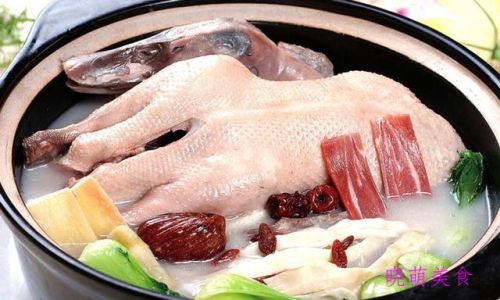
Traditionally, pigeon soup is prepared with minimalist seasonings—ginger, goji berries, and wolfberries—to preserve its delicate flavor. However, modern adaptations embrace diverse ingredients, provided they complement rather than overpower the soup’s essence.
The Role of Mushrooms: Earthy Depth and Immune Support
Mushrooms, particularly varieties like shiitake, enoki, or button mushrooms, are celebrated for their umami-rich profile and immune-boosting compounds. When added to pigeon soup, they introduce a savory complexity that elevates the dish’s depth.
Nutritional Synergy:
- Beta-glucans: Found in shiitake mushrooms, these polysaccharides enhance immune function by stimulating macrophage activity.
- Vitamin D: Mushrooms exposed to sunlight (or UV light during cultivation) are rare plant-based sources of vitamin D, crucial for bone health and calcium absorption.
- Antioxidants: Selenium and ergothioneine in mushrooms combat oxidative stress, potentially reducing chronic disease risks.
Culinary Considerations:
Mushrooms pair exceptionally well with pigeon due to their ability to absorb the soup’s flavors while imparting their own earthy notes. To optimize texture, sauté mushrooms lightly before adding them to the broth—this step concentrates their umami and prevents sogginess.
Potential Concerns:
Overcooking mushrooms may release excessive moisture, diluting the broth’s intensity. Additionally, certain mushroom varieties (e.g., porcini) have robust flavors that could dominate the soup; mild options like enoki or oyster mushrooms are safer choices for preserving balance.
Yam (Dioscorea): Starchy Sweetness and Digestive Harmony
Yam, a root vegetable rich in dietary fiber, potassium, and vitamins C and B6, introduces a subtle sweetness and creamy texture to soups. Its inclusion in pigeon soup offers both gastronomic and physiological advantages.
Nutritional Synergy:
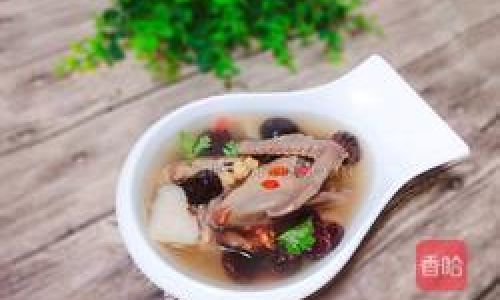
- Dietary Fiber: Promotes gut health by aiding digestion and preventing constipation.
- Resistant Starch: Cooked and cooled yam contains resistant starch, a prebiotic that nourishes beneficial gut bacteria.
- Antioxidants: Anthocyanins in purple yam varieties combat inflammation and support cardiovascular health.
Culinary Considerations:
Yam should be added midway through cooking to prevent disintegration. Cubing it into uniform pieces ensures even cooking, while parboiling can reduce starch release into the broth. Pairing yam with ginger or garlic accentuates its natural sweetness without clashing with the pigeon’s gaminess.
Potential Concerns:
Excessive yam may thicken the broth excessively, transforming the soup into a stew-like consistency. Moderation is key to maintaining a balanced texture.
Carrots: Crunch, Color, and Vision-Boosting Beta-Carotene
Carrots, with their vibrant hue and crisp texture, contribute beta-carotene, fiber, and antioxidants to pigeon soup. Their mild sweetness and earthy undertones bridge the flavors of meat and root vegetables.
Nutritional Synergy:
- Beta-Carotene: Converts to vitamin A in the body, supporting eye health, immune function, and skin integrity.
- Fiber: Aids in satiety and blood sugar regulation.
- Lutein and Zeaxanthin: Carotenoids that protect against age-related macular degeneration.
Culinary Considerations:
Carrots should be sliced or diced to match the cooking time of other ingredients. Sautéing them briefly with onions or celery before adding to the broth enhances their natural sugars, creating a caramelized flavor base.
Potential Concerns:
Overcooked carrots may become mushy, releasing excess sweetness that could unbalance the soup’s savory profile. Adding them 20–30 minutes before serving preserves their texture.
Culinary Compatibility: A Harmonious Trio
The combination of mushrooms, yam, and carrots in pigeon soup creates a trifecta of flavors, textures, and nutrients.
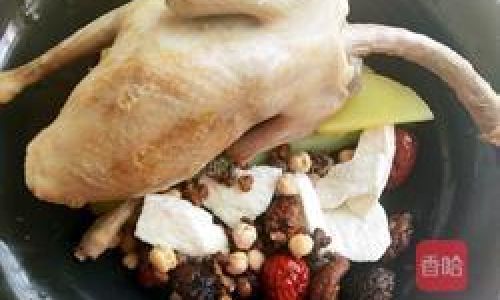
Flavor Dynamics:
- Mushrooms provide umami depth.
- Yam adds creamy sweetness.
- Carrots contribute a mild, earthy sweetness and crunch.
Texture Contrast:
The interplay between tender pigeon meat, silky mushrooms, soft yam, and slightly firm carrots creates a satisfying mouthfeel.
Nutritional Synergy:
Together, these ingredients amplify the soup’s antioxidant, fiber, and vitamin content, transforming it into a holistic meal.
Traditional Chinese Medicine (TCM) Perspective
In TCM, pigeon soup is classified as a yang-tonifying food, suitable for nourishing qi (vital energy) and blood. The addition of mushrooms, yam, and carrots aligns with TCM principles:
- Mushrooms (Shiitake): Considered qi-tonifying and detoxifying, shiitake mushrooms are believed to enhance immune defenses and dispel dampness.
- Yam (Shan Yao): Classified as a spleen and lung tonic, yam is prescribed to strengthen digestion, reduce fatigue, and alleviate coughs.
- Carrots (Hu Luo Bo): Valued for their ability to clear heat, lubricate the lungs, and improve vision.
TCM practitioners often endorse this combination for its balanced energy properties, making it suitable for recovery from illness or seasonal transitions.
Practical Cooking Tips for Perfect Pigeon Soup
-
Ingredient Preparation:
- Marinate pigeon in ginger juice and rice wine to neutralize gamey flavors.
- Soak dried mushrooms (if using) in warm water to rehydrate and intensify umami.
-
Cooking Process:
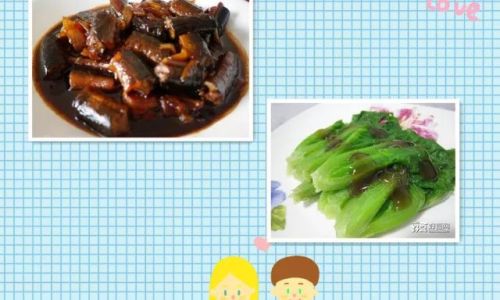
- Sear pigeon pieces in a preheated pot to seal in juices before adding water.
- Simmer on low heat for 2–3 hours to extract maximum collagen and flavor.
- Add mushrooms 1 hour before serving, yam 45 minutes prior, and carrots 30 minutes prior.
-
Seasoning:
- Use minimal salt to avoid overshadowing natural flavors.
- A dash of white pepper or a sprinkle of cilantro can elevate the dish without overwhelming it.
Debunking Myths: Food Compatibility
A prevalent concern is whether certain ingredient combinations may cause digestive discomfort or nutrient loss. Scientific evidence generally supports the compatibility of pigeon, mushrooms, yam, and carrots:
- Oxalic Acid in Carrots: While carrots contain oxalates, their levels are too low to interfere with calcium absorption when consumed in moderation.
- Mushroom and Iron Absorption: Mushrooms’ vitamin C content may enhance non-heme iron absorption from pigeon meat.
- Yam and Digestive Issues: Cooking yam thoroughly neutralizes anti-nutrients like trypsin inhibitors, ensuring safe consumption.
Cultural Variations and Modern Adaptations
Across Asia, pigeon soup adaptations reflect regional ingredient availability:
- Chinese Recipes: Often include red dates, Solomon’s seal rhizome, and codonopsis for enhanced qi nourishment.
- Middle Eastern Twists: Saffron, turmeric, and lemon zest add aromatic complexity.
- European Influences: Thyme, rosemary, and root vegetables like parsnips create earthy undertones.
Modern chefs experiment with fermented ingredients (e.g., miso) or acidic elements (tomatoes) to cut through the soup’s richness, though these additions may deviate from traditional preparations.
Conclusion: A Culinary and Nutritional Triumph
The inclusion of mushrooms, yam, and carrots in pigeon soup is not merely permissible but advisable for those seeking a harmonious blend of flavor and wellness. Each ingredient contributes unique nutritional benefits while enhancing the dish’s textural and aromatic profile. By adhering to mindful preparation techniques and respecting ingredient ratios, home cooks can elevate pigeon soup into a nourishing masterpiece that transcends cultural and culinary boundaries.
Whether motivated by health goals, culinary curiosity, or a desire to honor tradition, this trio of ingredients proves that innovation and authenticity can coexist in the kitchen. The next time you simmer a pot of pigeon soup, embrace the earthy richness of mushrooms, the comforting sweetness of yam, and the vibrant crunch of carrots—your taste buds and body will thank you.
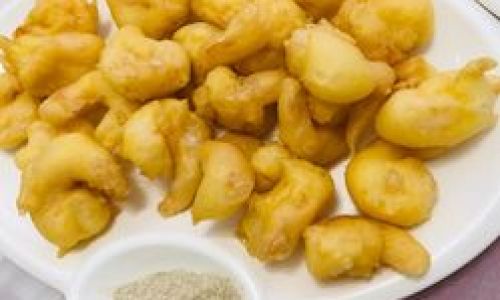
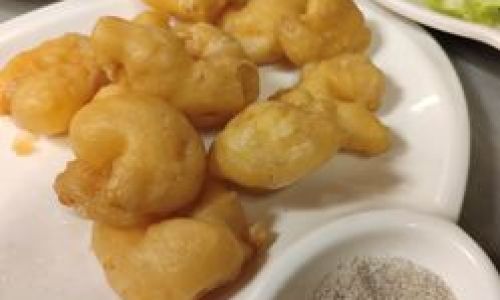
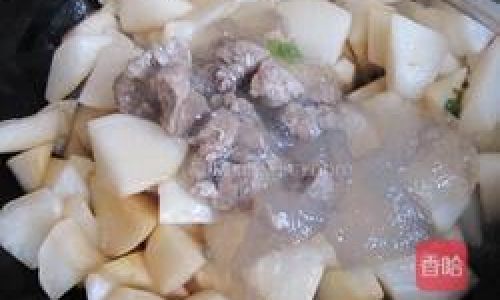
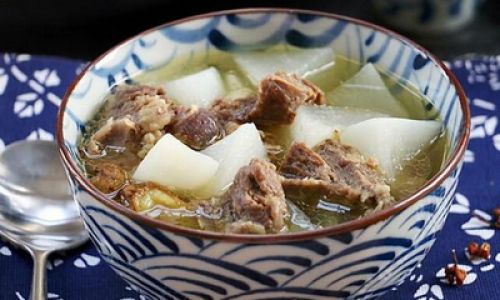
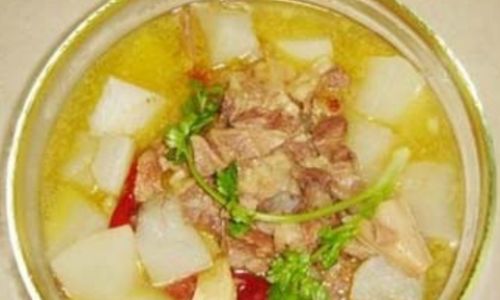
0 comments